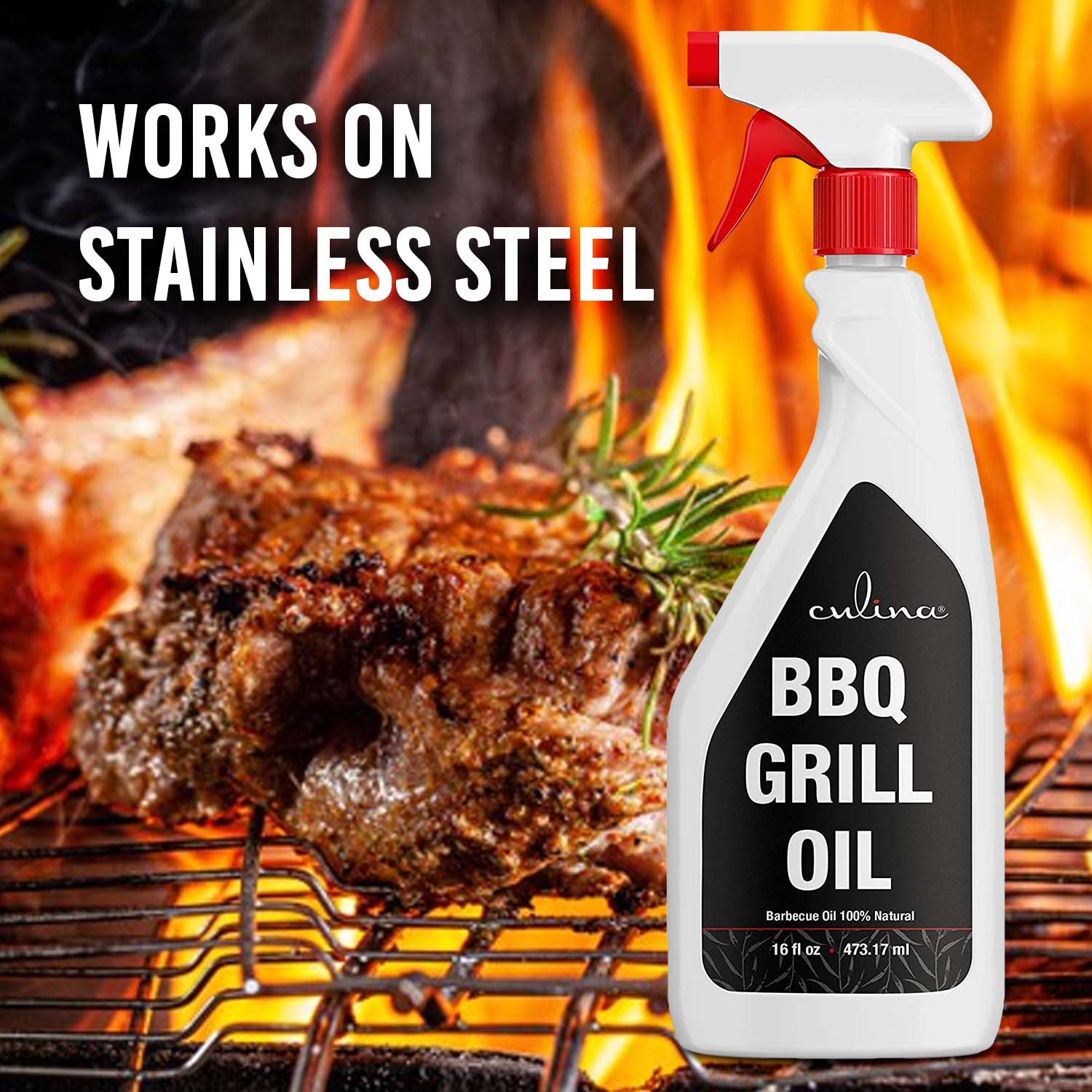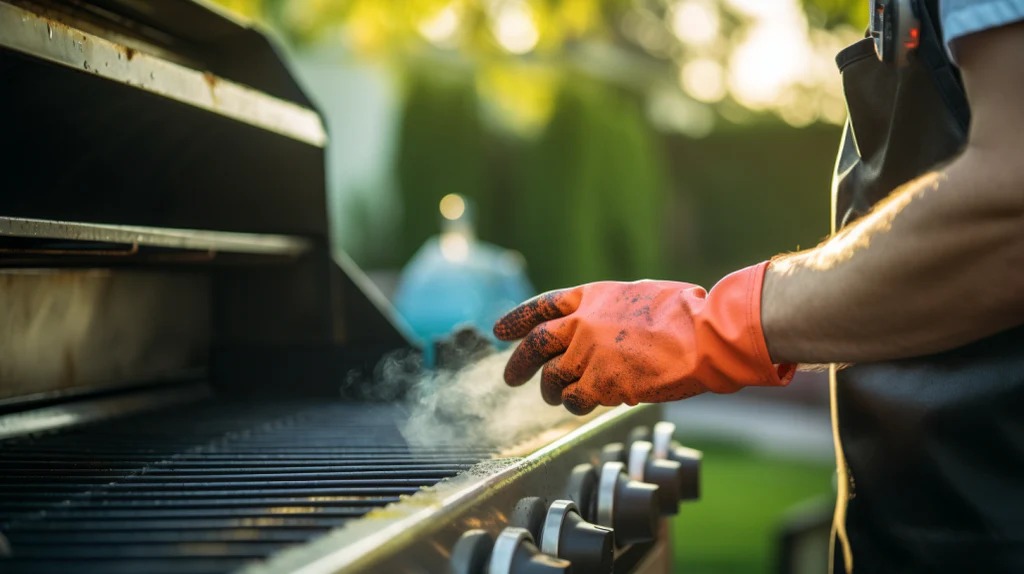How long to cook chicken legs on a gas grill is a common question every grilling enthusiast encounters. Grilling chicken legs might seem straightforward, but achieving the perfect balance of crispy skin, tender meat, and smoky flavor requires some expertise.

Introduction to Grilling Chicken Legs
For those delighted by backyard barbecues, cooking chicken legs on a gas grill is a skill worth mastering. Its here we dive into the knowledge and techniques that will transform your grilling experience into a triumph.

Why Chicken Legs?
Chicken legs are a flavorful and versatile choice for the grill. They have a richer taste compared to chicken breasts, thanks to the dark meat. Moreover, their higher fat content ensures they stay moist and succulent during cooking.

Preparation of Chicken Legs
Marination Process
Marinating your chicken legs prior to grilling is crucial. It enhances the flavor and tenderness of the meat. Mix up a marinade with your favorite herbs and spices, and let the chicken soak for at least 2-4 hours, or even overnight for the best results.
Trimming and Cleaning
Ensure that you trim excess fat and clean the chicken legs thoroughly to avoid flare-ups on the grill.
Setting Up the Gas Grill
Preheating the Grill
Preheat your gas grill to a medium-high temperature, around 375-400F. This temperature range works best for grilling chicken legs evenly.
Creating a Two-Zone Fire
Divide your grill into two zones: one for direct heat and the other for indirect heat. This setup is essential for cooking chicken legs perfectly without burning them.
The Grilling Process
Initial Searing
Start by placing the chicken legs on the direct heat zone. Sear each side for 3-4 minutes to get a nice, crispy exterior.
Moving to Indirect Heat
After searing, move the chicken legs to the indirect heat zone. This method ensures they cook through without excessive charring. Cover the grill and let them cook for an additional 25-30 minutes.
Using a Meat Thermometer
Using a meat thermometer is a smart move to avoid undercooked or overcooked chicken. Insert the thermometer into the thickest part of the leg. The internal temperature should reach 165F for safe consumption.
Enhancing the Flavor
Basting the Chicken Legs
Baste your chicken legs with your favorite BBQ sauce during the last 10 minutes of grilling. This step adds a tremendous depth of flavor and keeps the meat juicy.
Smoky Touch
For a smoky touch, consider adding soaked wood chips to your grill. Hickory and applewood are great choices that complement chicken beautifully.
Safety Tips
Avoid Cross-Contamination
Use separate utensils and plates for raw and cooked chicken to prevent cross-contamination.
Fire Safety
Always keep a spray bottle of water handy to manage flare-ups, and never leave your grill unattended.
Serving Your Grilled Chicken Legs
Let your grilled chicken legs rest for a few minutes before serving. This allows the juices to redistribute, making the meat even more delicious.
Experiment with Flavors
Dont be afraid to experiment with different marinades, rubs, and basting sauces. Each combination can bring a unique twist to your grilled chicken legs.
Trying New Marinades
Cilantro lime, honey mustard, and garlic herb marinades are terrific choices to keep in mind.
Using Dry Rubs
Paprika, cumin, and brown sugar-based rubs can also add a delightful flavor to your chicken.
Conclusion
Grilling chicken legs on a gas grill is a rewarding experience that combines culinary expertise with delicious results. With proper preparation, the right grilling techniques, and some experimentation, you can impress your guests with perfectly cooked chicken legs every time.
FAQs
1. Can I marinate chicken legs overnight?
Yes, marinating chicken legs overnight allows the flavors to penetrate deeply, resulting in a more flavorful and tender outcome.
2. How can I prevent flare-ups on the grill?
Trim excess fat from the chicken legs, use a two-zone fire setup, and keep a spray bottle of water handy to manage flare-ups.
3. Whats the safest way to check if the chicken legs are done?
Use a meat thermometer to ensure the internal temperature of the thickest part of the leg reaches 165F.
As an Amazon Associate, I earn from qualifying purchases.


